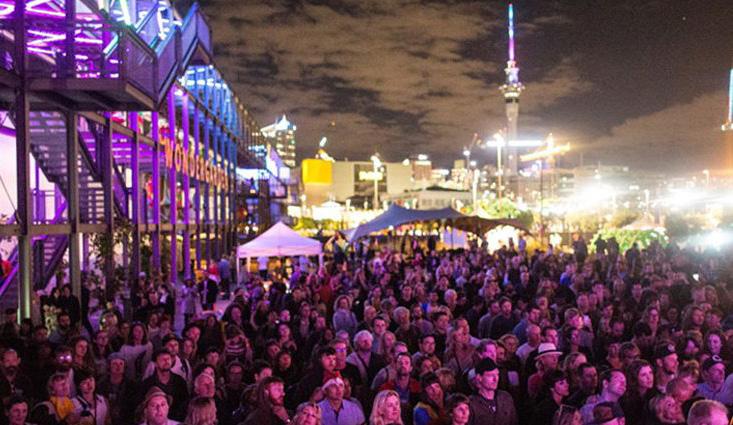Yearbook 2020
Innovative combination of waste water and food waste processing Singapore’s new Integrated Waste Management Facility (IWMF) will be among the world’s largest energy recovery facilities. The plant design is based on the most advanced wasteto-energy technology
S
ingapore’s new IWMF design is based on the most advanced waste-to-energy technology. By co-locating the facility next to a new water reclamation plant, it will be possible to achieve the highest energy efficiency and lowest greenhouse gas footprint. When a population of 5.6 million people share a
dense area, it is no wonder that elements such a clean water and waste management present a unique challenge. These are the current conditions in Singapore, and one sustainable approach to tackling such challenges is found in combining waste and wastewater treatment by exploiting the synergies between the two.
Singapore’s National Water Agency (PUB) and Singapore’s National Environment Agency (NEA) have appointed an international team of consultants to establish an IWMF alongside the world’s largest water reclamation plant (Tuas WRP) designed to treat the nation’s solid waste and used water. The IWMF will consist of a waste-to-energy facility and a sludge incineration plant. In addition, the IWMF will include handling of food
waste and separation of recyclable waste at a Material Recovery Facility. The construction of the two facilities is part of the extensive Deep Tunnel Sewerage System (DTSS) Phase 2 project, which is a super highway for the collection, treatment and disposal of used water, while the IWMF is a key solid waste management facility for the handling of multiple waste streams. The co-located Tuas WRP and IWMF will be the first
The price of the moral high ground Singapore (5.7 million) and New Zealand (5 million) have a similar size population and hang around on earth for about the same number of years (81-83). But that is pretty much where the comparison ends. They work harder (56 percent more GDP per capita) and seemingly are willing to face up to unpleasant truths about keeping the planet liveable. Given the small geographical size of the city state, they are forced, some might say, to run with solutions to stem the damage while more fashionable ways to save the planet mature. When it gets down to motivation to do more than procrastinate, we lose hands down.
50
safetynews.co.nz
infrastructurenews.co.nz propertyandbuild.com
We debate endlessly what to do with our rubbish mountain now that dumping on other countries is no longer a convenient option. Steadfastly refusing to even put on the agenda advances high temperature incineration, practiced by many countries in Europe and Asia with little in the way of pollutants. Singapore is investing in waste to energy plants that we find distasteful despite the practice more than offsetting miniscule pollution with associated savings in other processing. It makes no sense.











